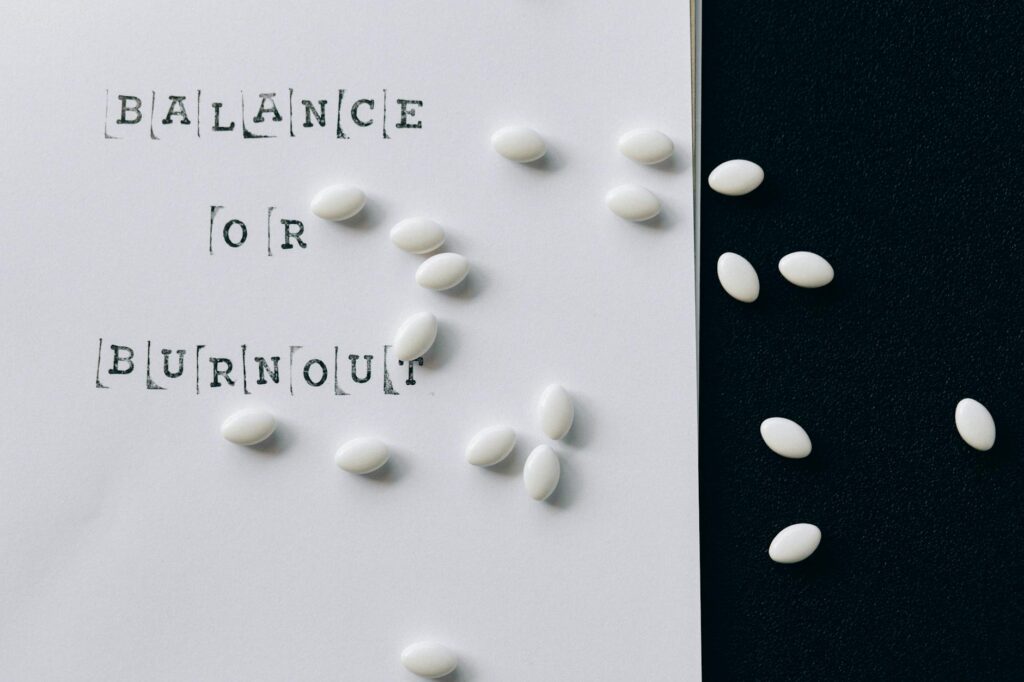What is minimized decision fatigue?

What is minimized decision fatigue?
In our fast-paced world, making decisions is a daily reality. From trivial choices—like what to eat for breakfast—to significant life decisions—such as changing jobs or moving, the options seem endless. But have you ever felt overwhelmed by the sheer volume of decisions you have to make? This phenomenon is known as decision fatigue. Minimizing decision fatigue can significantly enhance your productivity and decision-making efficiency, allowing you to focus on what truly matters.
Understanding Decision Fatigue
Decision fatigue occurs when your brain becomes overwhelmed by the number of choices you have to make. Just like any muscle, your decision-making ability gets tired after prolonged use. This can lead to poor choices and even avoidance of making decisions altogether.
Definition of Decision Fatigue
At its core, decision fatigue is the mental exhaustion that results from making too many choices in a short period. For instance, imagine a busy day where you make countless decisions: what to wear, what to eat, which project to tackle first. By the end of the day, even simple choices may feel monumental. Such fatigue can impair your ability to make sound judgments, often leading to impulsive or hasty decisions.
Signs of Decision Fatigue
Recognizing the signs of decision fatigue is crucial for addressing it effectively. Here are some common indicators:
- Indecisiveness: Struggling to make even simple choices, like what to order for lunch.
- Procrastination: Delaying decisions, leading to missed opportunities.
- Mental Fog: Feeling overwhelmed or unable to think clearly.
- Reduced Willpower: An inability to resist temptations, such as unhealthy snacks or unnecessary purchases.
The Impact of Decision Fatigue on Productivity
Decision fatigue can significantly hinder productivity in various aspects of life. Understanding this impact can motivate you to implement strategies to reduce it.
Effects on Work Performance
In a work environment, decision fatigue can lead to decreased efficiency. When faced with an avalanche of choices, you might find it challenging to focus on core tasks. This can manifest as missed deadlines or a drop in the quality of your work. Studies suggest that individuals experiencing decision fatigue are more likely to make errors and less likely to engage in problem-solving.
Influence on Personal Life and Relationships
Decision fatigue doesn’t just affect your professional life; it spills over into your personal life as well. When mentally drained, you may become impulsive or neglectful in personal relationships. You might avoid deep conversations with loved ones or overlook important commitments, leading to misunderstandings and strained relationships.
Techniques to Minimize Decision Fatigue
Now that we understand what decision fatigue is and its impact, let’s explore practical strategies to minimize it.
Establishing Routines
Creating daily routines can significantly limit the number of decisions you need to make. By automating your choices, such as meal planning or setting a consistent wake-up time, you can free up mental energy for more critical decisions. This simple change can lead to improved focus and productivity throughout your day.
Prioritizing Important Decisions
Not all decisions carry the same weight. Focus on the critical decisions that truly matter, and consider delegating or deferring less significant ones. For instance, if you’re faced with multiple work projects, prioritize those that align with your long-term goals. This strategic approach can lighten your mental load, making it easier to tackle high-impact decisions.
Using Decision-Making Frameworks
Employing decision-making frameworks can streamline your processes. Tools like the Eisenhower Matrix, which categorizes tasks based on urgency and importance, can help you quickly assess what to focus on. By structuring your decision-making process, you can avoid the overwhelm that contributes to decision fatigue. This method allows you to make more thoughtful choices without unnecessary stress.

Photo by Nataliya Vaitkevich
Conclusion
Minimizing decision fatigue is essential for enhancing productivity and well-being. By recognizing the signs of decision fatigue and implementing practical strategies—like establishing routines, prioritizing choices, and using decision-making frameworks—you can improve your decision-making efficiency. In a world with countless choices, taking control over how we make decisions can lead to a more productive and fulfilling life. So, embrace these techniques and watch your clarity and focus grow.